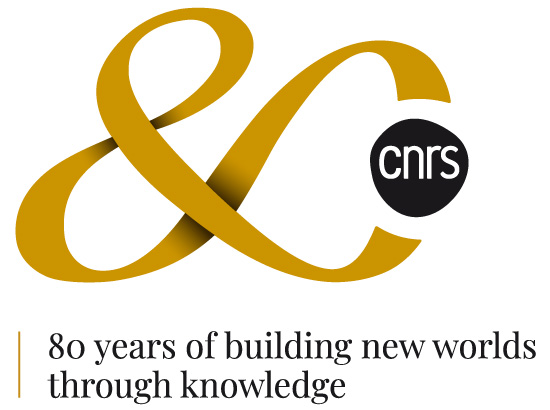Sodium carboxymethylcellulose scaffolds and their physicochemical effects on partial thickness wound healing
This study investigated critical physicochemical attributes of low (LV), medium (MV) and high molecular weight (HV) sodium carboxymethylcellulose (SCMC) scaffolds in partial thickness wound healing. SCMC scaffolds were prepared by solvent-evaporation technique. Their in vitro erosion, moisture affinity, morphology, tensile strength, polymer molecular weight and carboxymethyl substitution, and in vivo wound healing profiles were determined. Inferring from rat wound size, re-epithelialization and histological profiles, wound healing progressed with HV scaffold > LV–MV scaffold > control with no scaffold. The transepidermal water loss (TEWL) from wound of rats treated by control > HV scaffold > LV–MV scaffold. HV scaffold had the highest tensile strength of all matrices and was resistant to erosion in simulated wound fluid. In spite of constituting small nanopores, it afforded a substantial TEWL than MV and LV scaffolds from wound across an intact matrix through its low moisture affinity characteristics. The HV scaffold can protect moisture loss without its excessive accumulation at wound bed which hindered re-epithelialization process. Regulation of transepidermal water movement and wound healing by scaffolds was governed by SCMC molecular weight instead of its carboxymethyl substitution degree or matrix pore size distribution, with large molecular weight HV preferred over lower molecular weight samples.

















